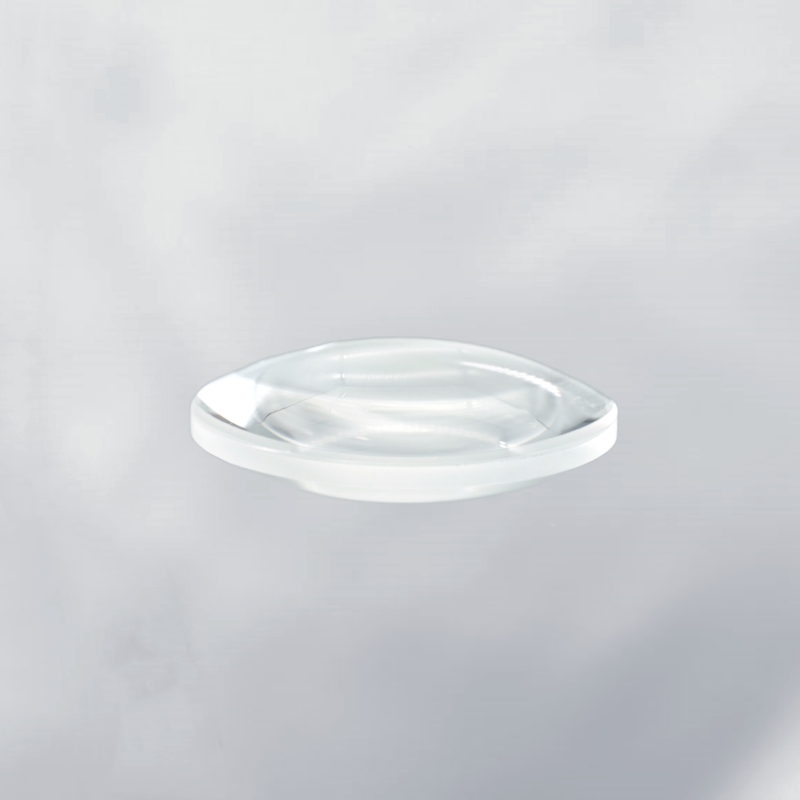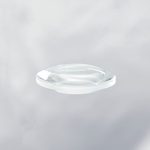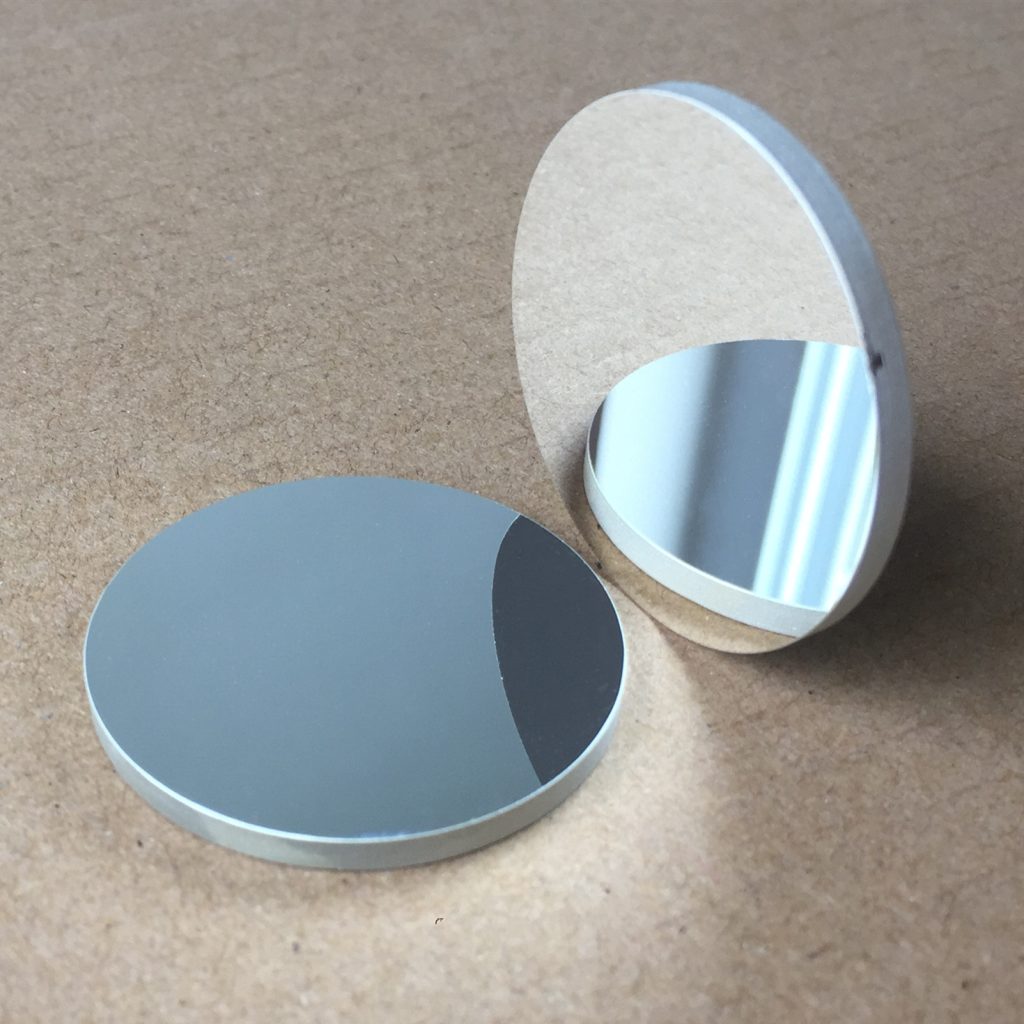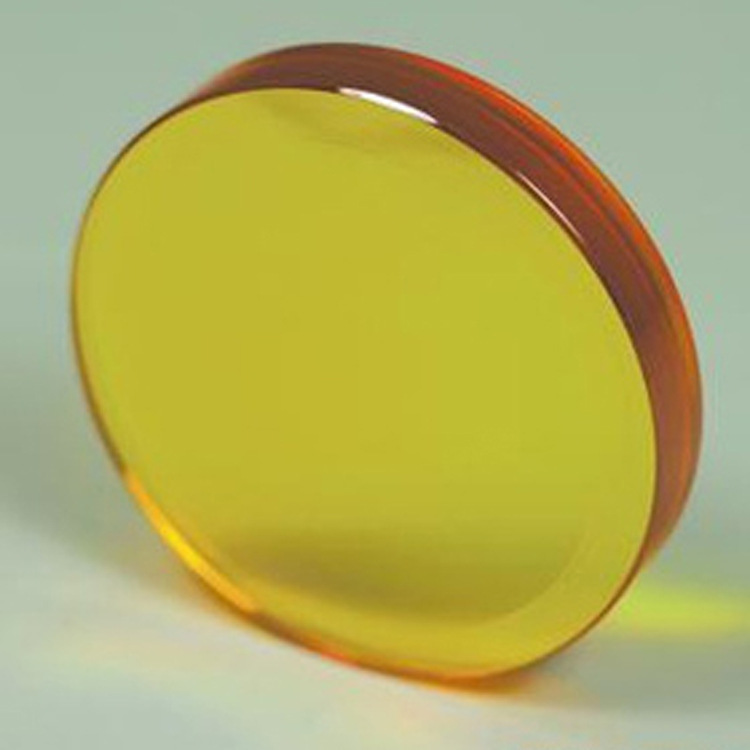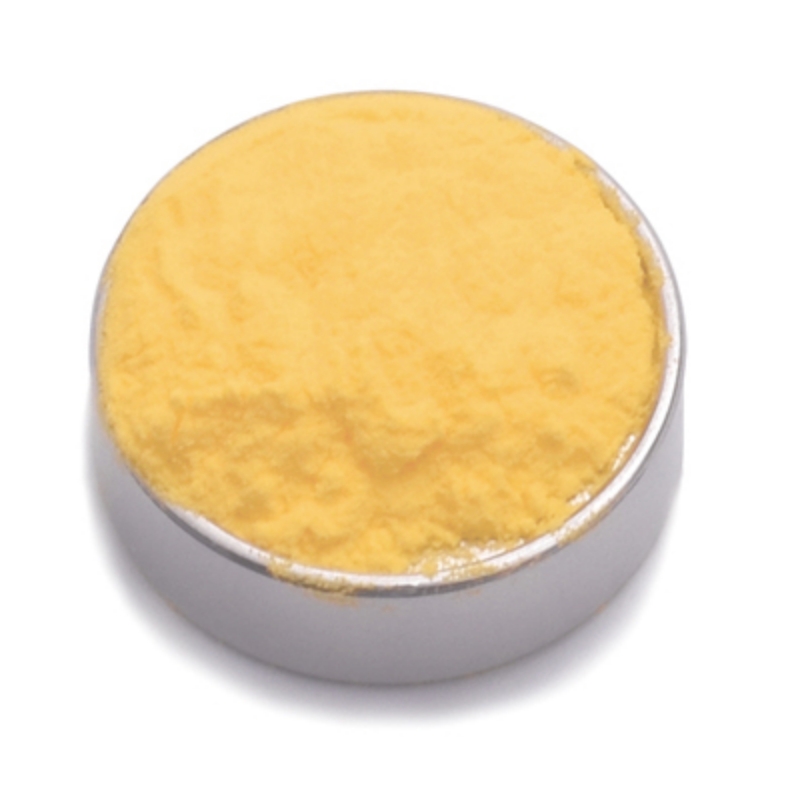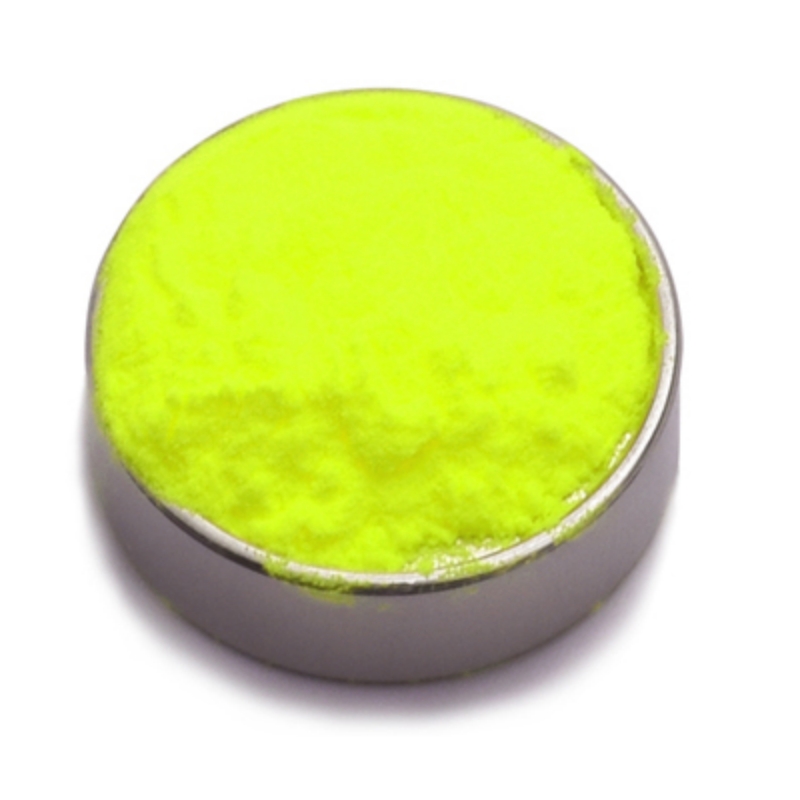Lithium fluoride double-convex lens is a precision optical component designed for efficient light convergence, minimized spherical aberration, and superior ultraviolet and infrared transmission. Manufactured from high-purity LiF, it offers exceptional optical clarity, strong resistance to environmental degradation, and excellent thermal stability. This lens is widely used in laser systems, spectroscopy, aerospace applications, and scientific instrumentation, ensuring optimal light manipulation and performance for advanced optical systems.
Product Overview
The lithium fluoride double-convex lens is an optical element made from lithium fluoride crystal material, featuring two convex surfaces. This lens is commonly used to converge light from a point source or transmit images to other optical systems. Lithium fluoride has an exceptionally broad transmission range (110–6,600nm), with especially high transmission in the mid-to-far infrared range (3–5μm and 8–14μm), making it ideal for infrared optical applications. This lens is widely used in infrared lasers, night vision devices, and thermal imaging systems, serving as both infrared windows and lens material. The manufacturing process includes precise machining and polishing to ensure optimal surface quality and optical performance.
Key Features
- Broad Transmission Range: Suitable for optical applications from ultraviolet to long-wave infrared wavelengths.
- High Transmission: Particularly suitable for mid-to-far infrared and long-wave infrared applications, offering excellent optical performance.
- Superior Infrared Properties: Lithium fluoride provides high transmission in the infrared range, making it ideal for infrared lasers and night vision devices.
- Precision Manufacturing: Manufactured through processes such as glue polishing, high-speed polishing, ring polishing, and CNC polishing, ensuring surface quality and optical accuracy.
- Excellent Weather Resistance: Lithium fluoride possesses good chemical stability and weather resistance, making it suitable for use in harsh environments.
Applications
- Infrared Optical Systems: Widely used in infrared lasers, infrared imaging, and night vision devices, as a lens and window material.
- Thermal Imaging Systems: Used as optical components in thermal imaging instruments.
- Aerospace Optical Systems: Applied in infrared optical sensors and imaging systems in the aerospace sector.
- Excimer Laser Systems: Due to its high transmission, lithium fluoride is an ideal material for excimer laser optical systems.
- Scientific Research & Experiments: Used in high-precision optical elements for spectral analysis and other research applications.
| Optical Property | Value |
| Transmission Range | 0.11-7 μm |
| Transmittance | >94.8%@0.6μm |
| Reflection Loss | 5.2%@0.6μm (both surfaces) |
| Absorption Coefficient | 5.9×10⁻³@4.3μm |
| Structure | Cubic Crystal System |
| Cleavage Planes | <100 |
| Physical Property | Value |
| Density | 2.639 g/cm³ |
| Melting Point | 848 ℃ |
| Thermal Conductivity | 11.3 W/(m·K) @ 314K |
| Thermal Expansion | 37.0×10⁻⁶/K @ 283K |
| Knoop Hardness | 415 kg/mm² |
| Specific Heat Capacity | 1562 J/(kg·K) |
| Dielectric Constant | 7.33 @ 1 MHz |
| Young's Modulus | 64.79 GPa |
| Shear Modulus | 55.14 GPa |
| Bulk Modulus | 62.03 GPa |
| Poisson's Coefficient | 0.22 |
| Chemical Property | Value |
| Solubility | 2.7 g/L @ 20℃ |
| Molecular Weight | 25.9394 g/mol |
| Property | Value |
| Diameter Range | 2-300mm |
| Focal Length | 15-5000mm |
| Thickness | 0.12-60mm |
| Surface Quality | 80-50, 60-40, 40-20, 20-10, 10-5 |
| Surface Flatness | λ/2, λ/4, λ/8, λ/10 |
| Clear Aperture | >90% |
| Coating | Customizable |
 new material
new material

